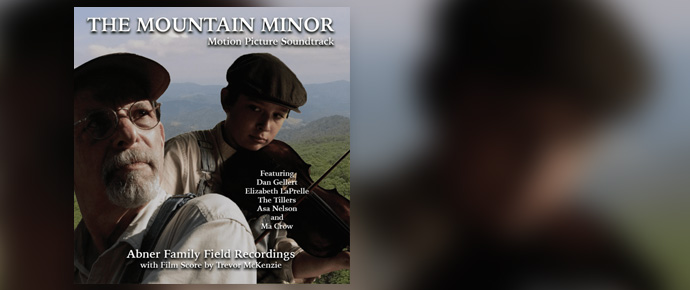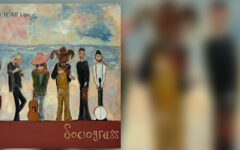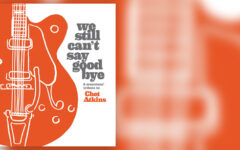
Serving as a soundtrack for a film set in Appalachia during rough and tumble times some 80 years prior think Cold Mountain or O Brother, Where Art Thou — The Mountain Minor boasts a distinct air of authenticity by way of a nearly 40 song set. Performed by a variety of accredited artists that share an affinity for these archival artifacts, the newly-released soundtrack album serves to enhance the film’s narrative and bring the story of a rugged mountain family to full fruition. Indeed, each of these offerings could easily be mistaken as authentic field recordings enhanced by the benefit of modern technology. Elizabeth LaPrelle and Asa Nelson’s a cappella read of Young Emily (Edmund in the Lowlands Low) offers but one example of that reverent approach, one that resonates within the abundance of traditional tunes represented here.
Given the setting, all of these tracks adhere to a vintage template, one that’s often bare-boned but also affecting all the same. Spare arrangements inform nearly every entry, with instrumentation that mostly consists of little more than a solitary fiddle, a few plucked strings, and/or a solitary vocal that sources its story from mountain memories. The call and response of Old Jimmy Sutton provides a rare celebratory stance that provides a respite from the heroics and hardships endured by the hardy men, women, and families that pioneered and eventually prospered in the wilderness environs of Kentucky, West Virginia, Carolina, and East Tennessee.
Trevor McKenzie, the individual chiefly responsible for scoring the soundtrack, has taken a knowing approach to the material, enlisting others with a shared affinity for its origins — Dan Gellert, Ma Crow, Hazel Pasley, Jonathan Bradshaw, Warren Waldron, Amy Cogan Clay, Judy Waldron, and Mike Oberst, chief among them. Their contributions range from colorful narratives such as Darlin Corey and a lively Cripple Creek, to the stark and solemn hymnal, I’m Going to a City (Where the Roses Never Fade), the illuminating instrumentals Sally in the Turnip Patch, Across the Ohio, and Ever Been to Ohio, and a simple picked interlude like Little Birdie and Shakin’ Down the Acorns.
Taken in tandem, each of these performances contribute to a musical tapestry that defines a specific time and place in the annals of American music, and, more specifically, a sound that’s still revered today. One would be hard-pressed to uncover a more defining musical manuscript.







